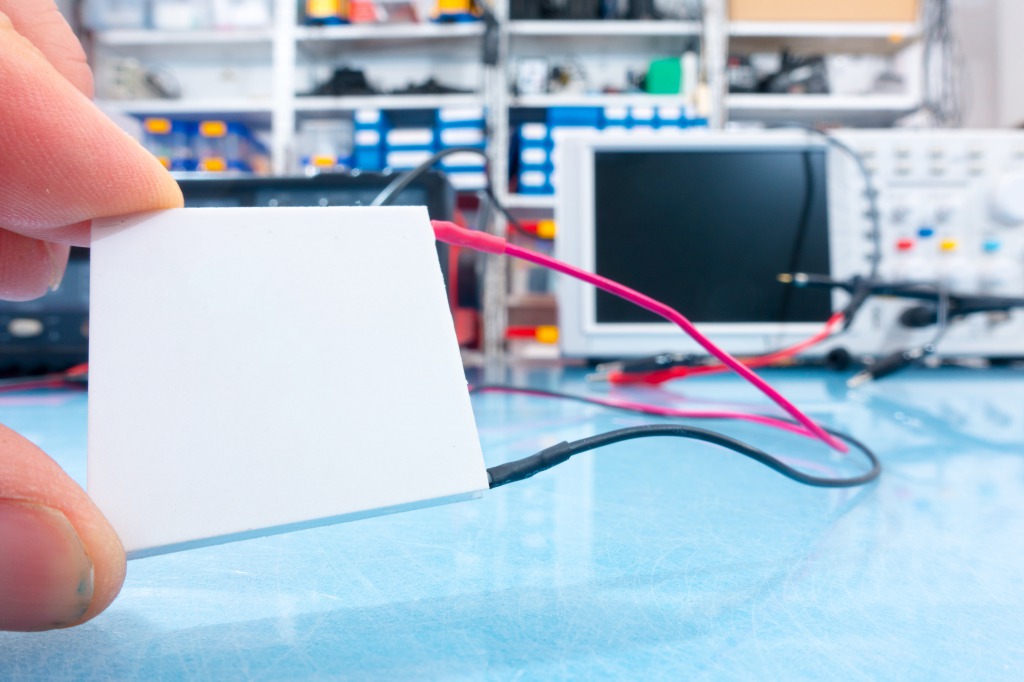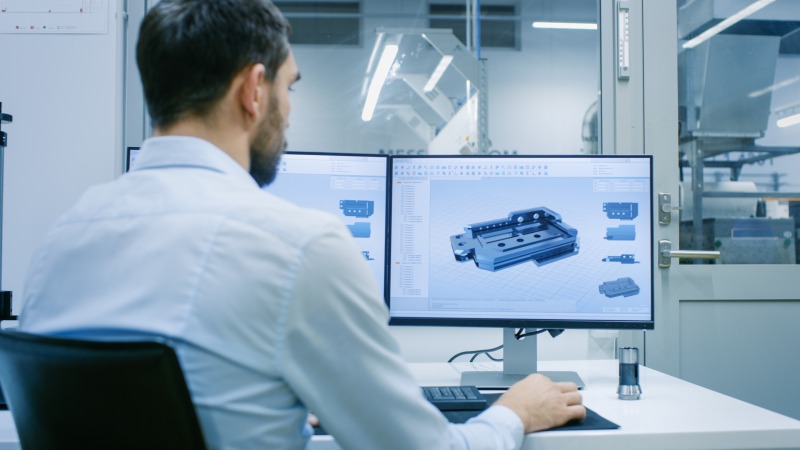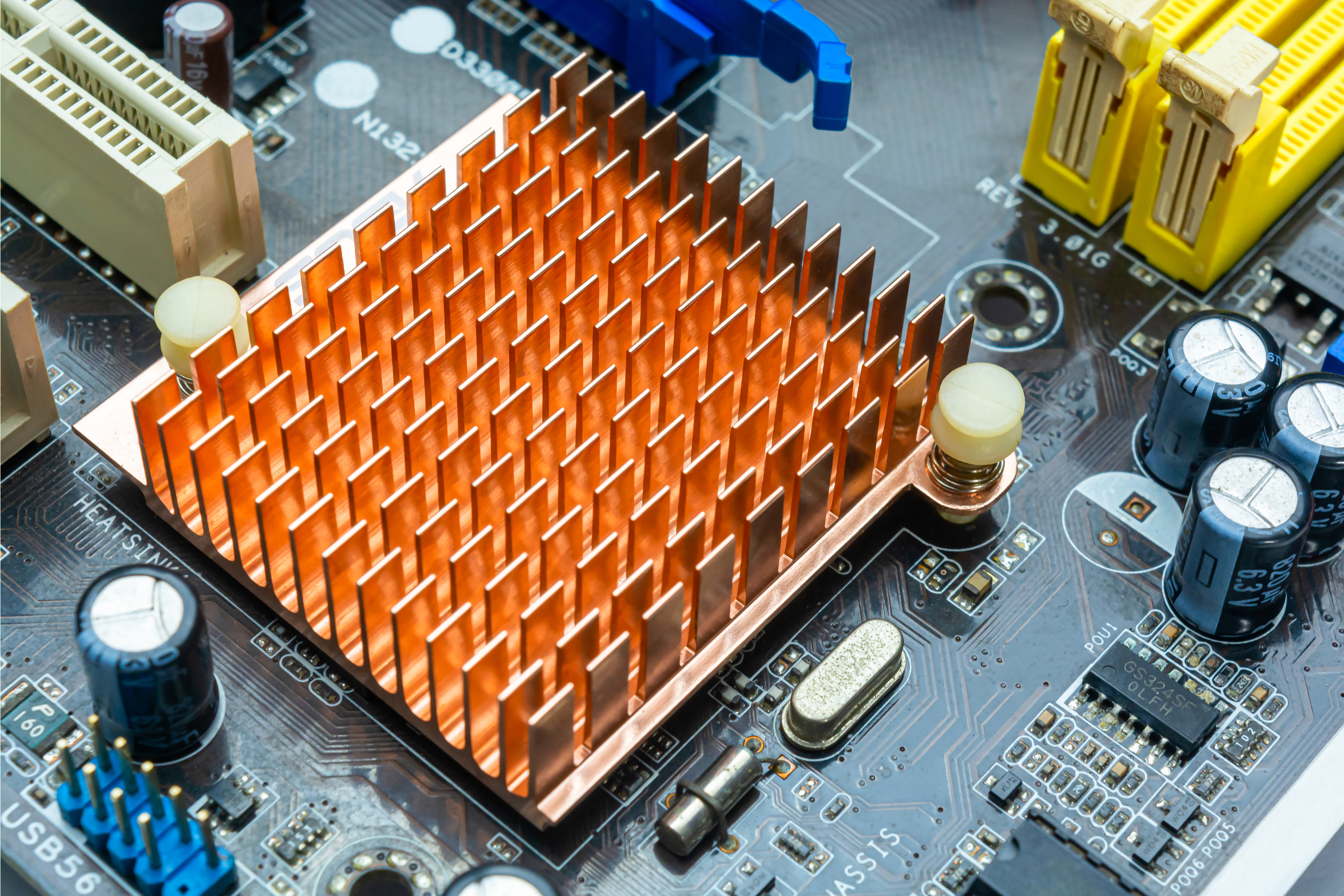The Basics of Heat Pipes – Their History, Principle, and Varieties explained
What are heat pipes, how do they work, and what varieties are available?
Heat pipes are characterized by their ability to transfer large amounts of heat quickly even between a relatively small temperature difference, not requiring a power source, and having a long operational life. Additionally, since they can transfer heat away from heat sources that are located where it is difficult to dissipate, their use is growing in the heat management strategies of electronic devices which are continually decreasing in size and increasing in density.

See 11 related fields
INDEX
- An Overview and History of Heat Pipes
- The Structure and Mechanisms of Heat Pipes
- The Variations of Heat Pipes
- Another Value Proposition of Vapor Chambers Over Heat Pipes
- DNP’s Vapor Chambers
An Overview and History of Heat Pipes
Heat Pipes are heat dissipation components that are capable of transferring heat from one location to another relatively quickly by utilizing the phenomenon of thermal energy (latent heat) being absorbed when a liquid changes state into a gas, and being released when a gas changes state into a liquid. With a liquid (referred to as the working fluid) sealed inside a metal pipe enabling operation without use of external power, heat pipes possess a long operational life. In general, when the temperature difference between source and transmission destination locations is small, heat dissipation components and devices are not very efficient, but heat pipes can perform relatively well even in such circumstances. Their thermal conductivity (ease of heat transfer) can be up to an order of magnitude more than copper or silver, which are already known for their high thermal conductivity, and can even exceed that of diamond, which has the highest thermal conductivity of all materials.
A patent for the heat pipe was filed in the United States in 1942, but they didn’t get the name “heat pipe” until 1963. In the late 1960s, NASA employed heat pipes for heat management in their satellites, and it was around that time that other various applications of heat pipes began to develop.
In Japan, heat exchangers which used heat pipes were developed for boilers and dryers due to the demand for conserving energy that resulted from the first oil crisis in the 1970s. Beginning in 1978 with the use of heat pipes by an electronics manufacturer for the heat management of power transistors in audio amplifiers, the applications and uses of heat pipes increased into the 1980s in the field of electronics such as inverters. Miniaturized heat pipes were first used for the heat management of CPUs in laptop PCs in 1994, and since then the use of miniature heat pipes has only increased for that purpose in CPUs and other components that generate a high level of heat generation in laptop PCs. With the later introduction of compact, high-performance communication devices such as smart phones, heat pipes with even smaller profiles have also made appearances.
|
|
The Structure and Mechanisms of Heat Pipes
Heat pipes are constructed of metal pipes made of copper, aluminum or other metals with high thermal conductivity, sealed inside which is a small amount of liquid called a working fluid (e.g., pure water) and a capillary structure (wick). A vacuum is created inside so as to seal in the working fluid and its vapor, and to facilitate the vaporization and condensation process.
When one end of the heat pipe is situated to be in contact with a heat source, its working fluid evaporates, absorbing latent heat in the process, and the resulting vapor moves to a lower temperature section of the pipe. The working fluid in the area with the relatively low temperature condenses, releasing the heat, and returns to liquid form. This is the mechanism by which heat is carried (i.e., transferred) from a high-temperature are to a low-temperature area. This working fluid that had condensed into liquid form returns to the heat source through the wick by the process of capillary action. This cycle of vaporization, liquefaction and transfer of the working fluid occurs very rapidly and continuously. The system requires neither power nor maintenance, incurs no operation costs, and can operate for long periods of time.
The Structure and Mechanisms of Heat Pipes
|
|
The Variations of Heat Pipes
Heat pipes have been generally constructed in the shape of long, thin cylinders (tubes) of a certain size, but as the recent trend in electronic devices has been to become ever smaller, thinner, and lighter, we are seeing more instances of heat pipes that are being produced with compact and thin (flattened like a squished pipe) shapes. In general, factors that contribute advantageously to the ability to carry heat are a large pipe diameter, being rounder rather than flattened, and being unbent rather than bent, but the larger the pipe, the more space it takes up and the heavier it is. It is wise to choose the product that is the most optimal for considerations such as the heat generated by the heat source, and the specific application. Here are some of the variations of heat pipes.
Variations of Working Fluid
・Water (Pure water)
Most commonly used working fluid in heat pipes used for electronic devices
Operational temperature range: Room temperature up to approximately 200℃ (Cannot be used in environments where temperatures reach 0℃ or lower)
・Ethanol
Can be used in temperatures that would freeze water
Operational temperature range: Approximately -10℃ up to over 100℃
・Naphthalene
Can be used (only) at high temperatures where water cannot be used
Operational temperature range: Approximately 200℃ to 400℃
Variations of Pipe Materials
・Copper pipe
Copper pipe is easily bent and flattened in the manufacturing process
Products in a large variety of sizes are easily obtainable
・Aluminum pipe
Light in weight as aluminum itself is lighter than copper
Even easier to process in manufacturing than copper
・Stainless steel pipe
Can be used with naphthalene working fluid
Slightly difficult to process in manufacturing due to being heavier than copper and aluminum
As an alternative, sheet-shaped Vapor Chambers are now available that have an even thinner profile than heat pipes. As opposed heat pipes that just transfer heat between two areas in a “linear” fashion, Vapor Chambers add the ability to spread heat around to surrounding areas in a “planar” fashion. Additionally, when employing heat pipes the heat source is generally placed in a location physically lower than the heat sink (heat dissipation component) otherwise the system does not work efficiently whereas Vapor Chambers have no such constraints.
Another Value Proposition of Vapor Chambers Over Heat Pipes
Heat Pipes and Vapor Chambers operate using the same fundamental working principle and they have a similar thermal conductivity, but the metal pipe composition of Heat Pipes makes them a little bit difficult to incorporate inside tight spaces, and their heavy weight makes them undesirable for electronic devices that need to be as light as possible. This is where Vapor Chambers have an advantage. They are light in weight, and with a thickness of less than 1mm, they can be very thin.
Vapor Chambers are thin sheet-like heat dissipation components made of metal. They have very high thermal conductivity and their operating principle is the same as that of heat pipes. Generally, Vapor Chambers that employ meshes have a fine capillary structure (wick) contained inside that is filled with a working fluid such as pure water. The internal capillary structure of DNP’s Vapor Chamber, on the other hand, is characterized by having a form that is made to be extremely fine and precise by means of using etching technology. When one end of a Vapor Chamber is situated to be in contact with a heat source, its working fluid evaporates, absorbing latent heat in the process, and the resulting vapor moves to a lower temperature area where it releases the heat and returns to liquid form. This working fluid returns to the heat source through the wick by the process of capillary action. This cycle is very short and continuous, and requires not external power.
DNP’s Vapor Chambers
DNP, using in-house ultra-fine precision metal processing technology, has developed a Vapor Chamber with a thickness of 0.20mm, comparable to that of thermally conductive sheets. It is also flexible to some extent and can be applied to curved or graded surfaces. (* Information as of February 2022)
|
|
Other columns and featured articles
-
Thermoelectric Cooler Module
- Precision Devices and Components

Learn more about thermoelectric cooler modules in this article. This article will answer the followi...
-
The Basics of Fanless Cooling Technology
- Precision Devices and Components

Find all of the essential information you need on fanless cooling technology. When a computer is ope...
-
Basics of Thermal Dissipation - Definition, Mechan...
- Precision Devices and Components

Learn more about thermal dissipation and the factors that influence it in this article. Thermal diss...
-
Laptop Heat Dissipation and Heat Management
- Precision Devices and Components

An introduction to heat dissipation components that are effective in heat management based on the pr...
-
Heat Dissipation Design Guide for Electronics
- Precision Devices and Components

An explanation of the basics of "heat dissipation design" and how to apply it to electroni...
-
What are Heat Sinks?
- Precision Devices and Components

Deepen Understanding of an Essential Component for Electronics Cooling Heat sinks are indispensable ...
-
Electronics Cooling – A Review through Methods and...
- Precision Devices and Components

An explanation of electronics cooling methods and types of electronics cooling equipment Greater pro...
-
Types and Characteristics of Heat Dissipation Mate...
- Precision Devices and Components

An explanation of the characteristics of heat dissipation materials and components and important poi...
-
Heat Pipes vs. Vapor Chambers
- Precision Devices and Components

Learn differences in performance and applications between Vapor Chambers and heat pipes The latest e...
See 11 related fields


